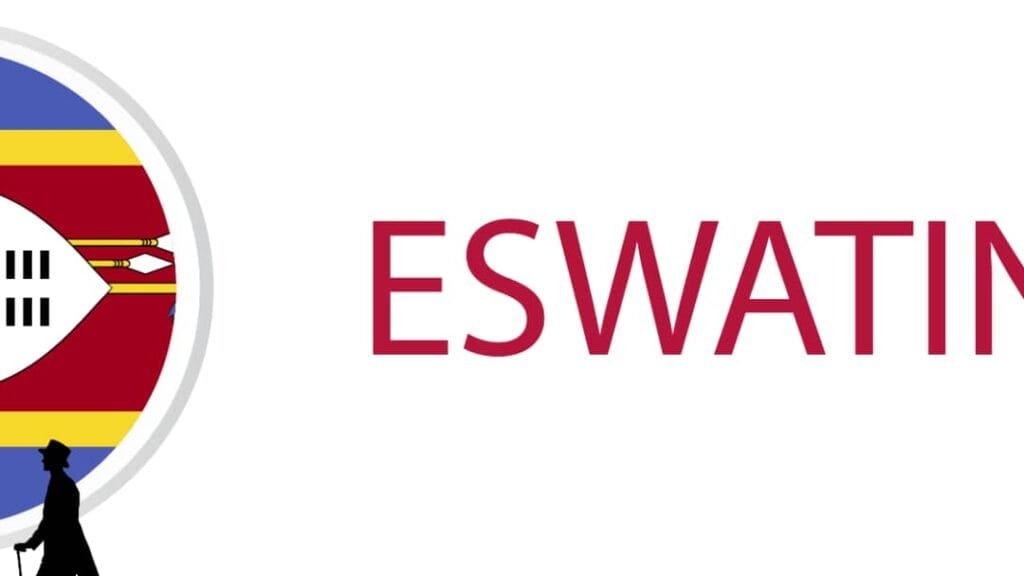The Central Bank of Eswatini, a small country between South Africa and Mozambique, has presented a design paper outlining the creation of a central bank digital currency (CBDC) called the “digital lilangeni”.
This digital currency would be a retail CBDC, meaning it would be used by everyday people for regular transactions. The digital lilangeni also would run on a distributed database, which is different from blockchain. While both are types of decentralized systems, a distributed database might not require all transactions to be verified by multiple participants like a blockchain does.
The CBDC’s customisation to Eswatini’s needs.
The Central Bank of Eswatini partnered with Giesecke+Devrient to design the digital lilangeni. The project has already undergone testing phases; a proof-of-concept stage, a controlled environment test, and a live pilot project.
According to its design, there would be two types of wallets: online wallets and hard wallets (likely smart cards), which can be used offline (without internet access), making them useful in areas with poor connectivity.
Read Also: South Korea recognizes cryptocurrency holdings as marital assets in divorce cases
In terms of direct distribution of the digital lilangeni to the people, it’d be handled by banks and financial institutions while the central bank would oversee and manage the infrastructure as a whole.
The digital lilangeni will feature pseudo-anonymity, meaning users will have some level of privacy but not complete anonymity. This is important because it will still comply with regulations such as Know Your Customer (KYC) and Anti-Money Laundering (AML) laws.
Additionally, it’d have a programmable payments feature, where users can set rules for how money is spent (e.g., automatically paying bills or limiting children’s spending).
Comparison with Rwanda’s CBDC
Eswatini’s CBDC is similar to Rwanda’s proposed digital currency, the digital franc. Both countries are opting for token-based CBDCs that operate on distributed databases rather than blockchain technology because they believe this system will be more dependable.
Final Thoughts
The digital lilangeni has the potential to bring more people into the financial system, increase convenience, and support the country’s shift toward modern payment solutions. This is nothing more but more economic growth for Eswatini.
Discover more from DiutoCoinNews
Subscribe to get the latest posts sent to your email.













